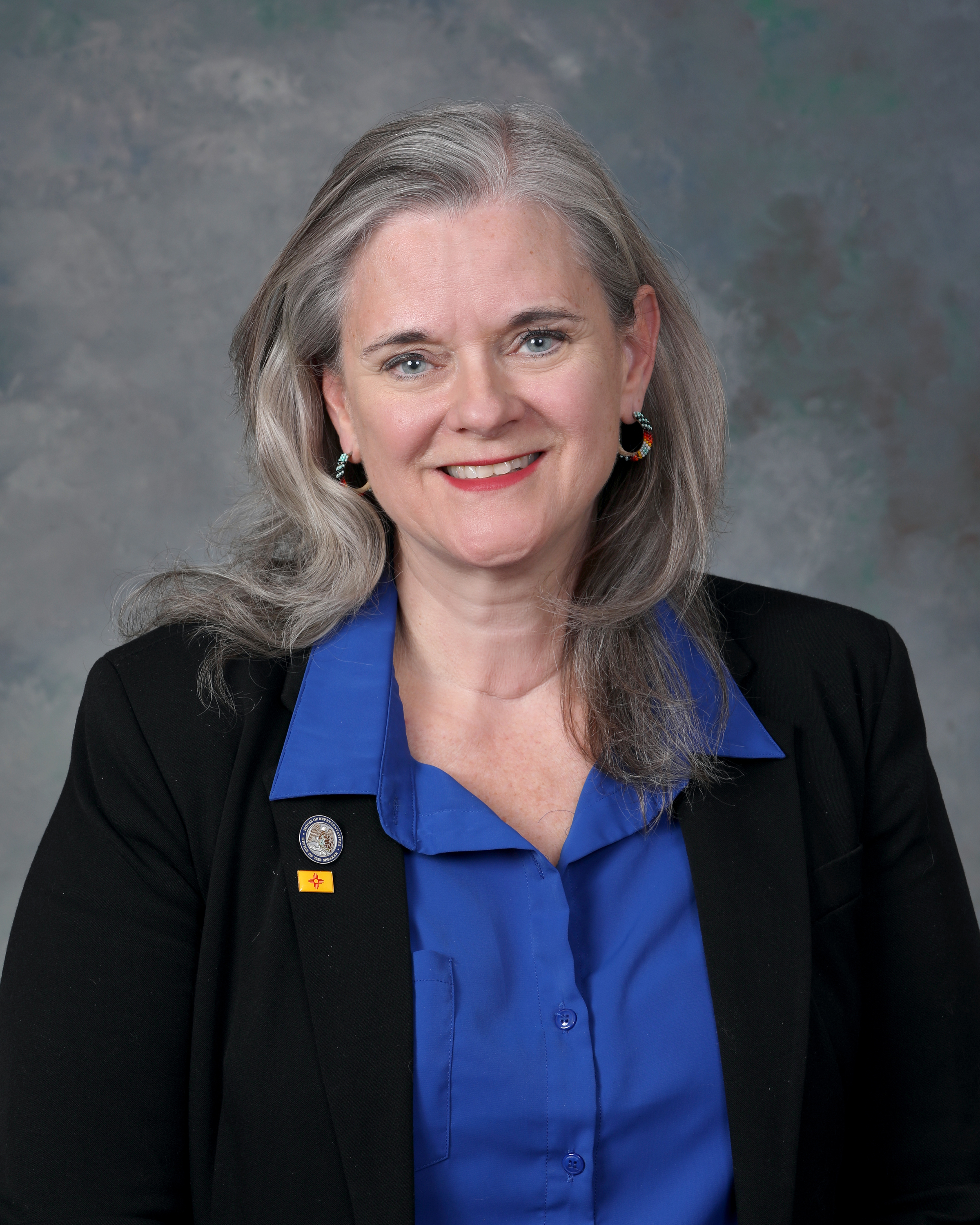HB 27 LIBRARIAN PROTECTION ACT
Sponsored By: Rep Kathleen M Cates
Actions: HPREF [1] HCPAC/HEC-HCPAC [2] DP-HEC [7] DP
Scheduled: Not Scheduled
House Bill 27 (HB 27) enacts the Librarian Protection Act and prohibits book banning.Legislation Overview:
House Bill 27 (HB 27) creates in SECTION 1 the Librarian Protection Act (Act). SECTION 2 provides definitions as used in the Act. SECTION 3 prohibits book banning in public libraries as follows: A. Provides a public library shall not be eligible to receive state funds unless it adopts a written policy prohibiting the practice of banning books or other library materials as provided in this subsection. B. A political subdivision of the state shall not reduce funding for a public library’s compliance with Subsection A. C. The provisions above are not intended to curtail the right of individuals to challenge library materials as part of an approved library collection development policy following established challenge procedures. SECTION 4 makes the effective date of this act July 1, 2025.
-
Bill Documents arrow_drop_down
-
Commitee Reports & Amendments arrow_drop_down
-
Floor Amendments arrow_drop_down
-
Floor Votes arrow_drop_down
